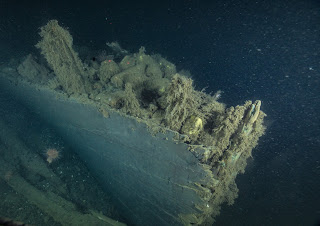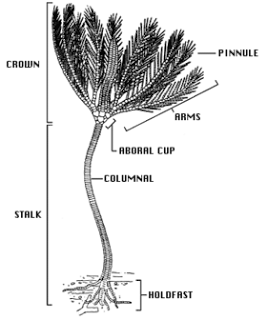The Mystery Collier

One of the shipwrecks that my team has been studying this summer is actually unidentified. We've been calling it the "Mystery Collier," because we know it's a coal schooner and very little else. The wreck rests in about 400 ft of water in the northeast corner of Stellwagen Bank National Marine Sanctuary and faces north-south. Was it coming to Boston to deliver a load of coal? What happened to the ship that made it sink? Who were the crew members on board, and where were they from? All these questions remain to be answered. In our investigations this year, we've found several diagnostic features of the wreck that may help us identify it. During ROV operations, my collaborator, Calvin, regularly leans forward to point out artifacts he wants the pilot to focus on. Shoes and plates and bits of copper - all of them could be clues to the ship's identity. In his notebook, Calvin sketches a site plan so he can keep track of where all the artifacts are. He pulls ou


